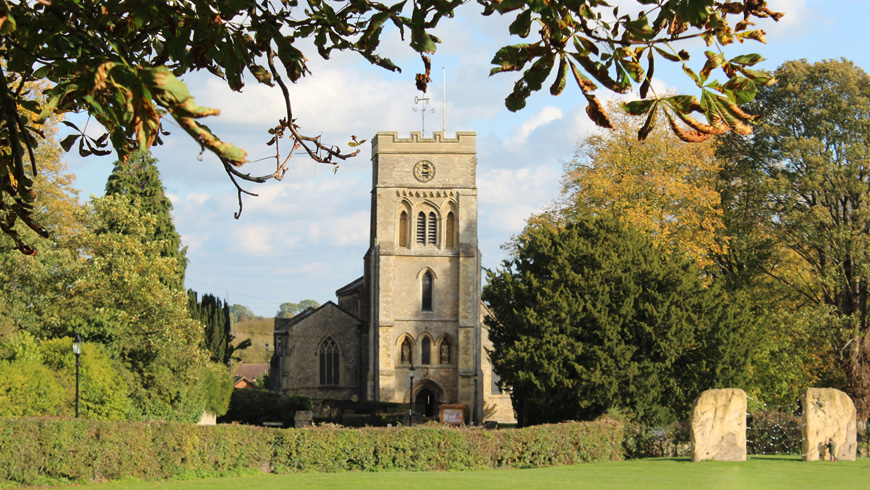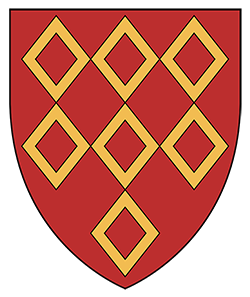Roger de Quincy - 2nd Earl of Winchester
Roger de Quincy was a Nobleman of Anglo-Norman and Scottish descent who would become both the 2nd Earl of Winchester and Constable of Scotland. Roger was born around 1195 in Winchester, England, and was the second son of Saer de Quincy, 1st Earl of Winchester, and his wife Margaret, daughter of Robert de Beaumont, 3rd Earl of Leicester.

In 1213, Roger was likely the son of Saer de Quincy, handed over to King John as a Scottish hostage to ensure the Anglo-Scottish treaty of 1212. Roger became involved in politics in 1215 when he, along with his father and other leaders of the baronial rebellion against King John, were excommunicated by Pope Innocent III for their part in the Magna Carta.
During the 5th Crusade, Roger likely accompanied his father on the crusade, during which Saer de Quincy fell ill in Egypt and died in 1219 while besieging Damietta. Saer was buried in Acre. Roger's older brother Robert died in two years earlier, 1217; thus, Roger inherited his father's estates on his return from the crusade. However, he would not be recognized as the 2nd Earl of Winchester until his mother died in 1235.
Roger de Quincy married Helen of Galloway, daughter of Alan FitzRoland, Lord of Galloway. On Lord Galloway's death in 1234, Roger acquired his wife's share of her father's inheritance, which included the office of Constable of Scotland and one-third of the lordship of Galloway. Roger and Helen had three daughters: Margaret, Elizabeth, and Helen. Helen died after November 21st, 1245.
In 1235, the Galwegians rebelled against King Alexander II of Scotland because they did not want their lands divided. The King suppressed this rebellion, and they rebelled again in 1246 and 1247.
During the rebellion in 1247, Roger de Quincy found himself trapped in one of his own castles, possibly due to his severe ruling, as the local chiefs rose against him and besieged the castle. Roger threw open the castle gates with the intent to fight to his death rather than starve while captive in the castle during the siege. However, he managed to cut through the besiegers and escape to obtain help from King Alexander in suppressing the rebellion.
In England, he was among the barons who opposed King Henry III. In 1239 and 1246, he joined other English nobles in writing protests to the Pope about papal interference in English affairs.
In around 1250, Roger married his second wife, Maud de Bohun, daughter of Humphrey de Bohun, 2nd Earl of Hereford. She died in 1252. Later in 1252, Roger married again, this time to Eleanor de Ferrers, daughter of William de Ferrers, 5th Earl of Derby. Neither of these marriages resulted in children.
In 1258, he was elected to the twelve-member commission overseeing the revised Provisions of Oxford. In 1259, he led a delegation to St Omer that forbade Richard, 1st Earl of Cornwall, King Henry's brother, from returning to England unless he swore to observe the Provisions of Oxford.
On April 25th, 1264, Roger de Quincy died, just eighteen days after the start of the Second Barons' War. He was buried at St Peter's Churchyard in Brackley, Northamptonshire, England. He had no male heir, so the Earldom of Winchester became extinct, and his estate was divided among the husbands of his three daughters.
